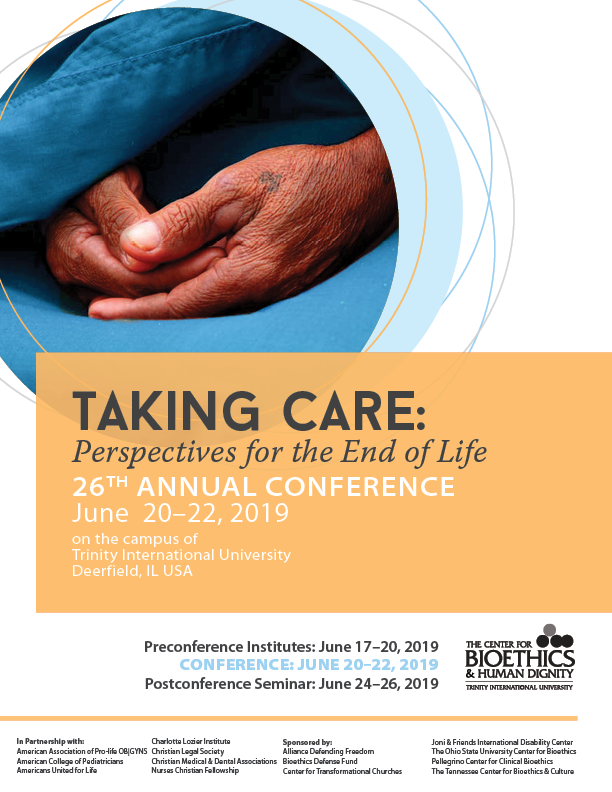
It’s common at American Christian funerals of people with disability for the minister to speak of the departed as now existing in a perfect body free from all suffering. While in a sense that is true, such language often turns to describe the heavenly body in ableist terms: the resurrected body is described in a way that reifies a particular understanding of the perfect body. Although such language is often well intended, it can fuel eugenic and transhumanist dreams. Though his soteriology and understanding of the resurrected body is often misunderstood, Augustine offers a way of imagining the resurrected body that challenges ableist understandings of what constitutes a properly human body while not disregarding the suffering that can come with a disability. More succinctly, Augustine provides a middle ground for the social and biomedical models of disability. In this paper I will argue that given Augustine’s understanding of creation, beauty, and providence, he is able to conceive of a wide array of bodily difference in the resurrection, even of bodies that we may think of as “disabled,” without suffering and pain. Since he allows for there to be such a level of bodily (and cognitive) difference in the resurrection, he also provides a safeguard against using the resurrection to fuel eugenic projects of human perfection. In order to make my argument, I’ll engage a number of Augustine’s works including The Confessions, City of God, On Christian Teaching, and select sermons in addition to recent Augustinian scholarship and disability literature.